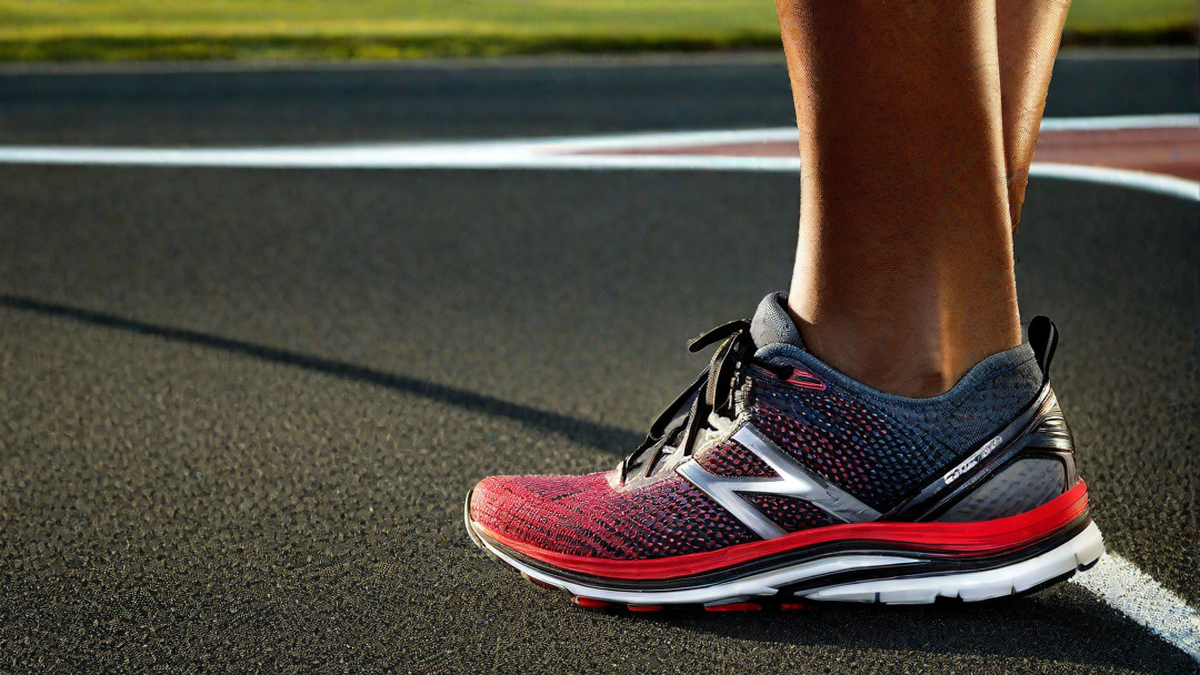When it comes to buying running shoes, one question that often comes up is whether or not they should be a size bigger than your regular shoe size. As someone who has been an avid runner for several years, I have personally explored this topic and have some insights to share.
Personal Experience
In my early days of running, I followed the common advice of buying running shoes that were a size bigger than my regular shoe size. The idea behind this was to allow for extra room for your feet to move and expand while running, reducing the risk of blisters or discomfort. However, I quickly realized that this approach didn’t work well for me.
While running with shoes that were a size bigger, I found that my feet would slide around inside the shoes, leading to instability and reduced control. This not only affected my performance but also increased the risk of injuries. I struggled with maintaining a proper stride and felt like my feet were not well-supported.
The Importance of Proper Fit
After some trial and error, I learned that the most important factor when buying running shoes is finding the right fit for your feet. Taking into consideration the width, arch support, and heel-to-toe drop of the shoe is crucial in ensuring that you have the necessary stability and support while running.
I recommend visiting a specialty running store where experts can assess your foot type, gait, and running style. They will be able to recommend a shoe that provides the right amount of cushioning and support for your individual needs. Trying on several shoes and going for a run on a treadmill at the store can also help you determine the right size and fit for you.
The Myth Debunked
The idea that running shoes should be a size bigger is a common myth that has been debunked by experts in the field. In fact, wearing shoes that are too big can lead to a variety of issues, including instability, improper foot alignment, and increased risk of injury.
Running shoes should fit snugly but not overly tight. There should be enough room in the toe box to wiggle your toes comfortably, but your foot should not be sliding around inside the shoe. A good test is to ensure that there is about a thumb’s width of space between the end of your longest toe and the front of the shoe.
Conclusion
In conclusion, buying running shoes that are a size bigger is not necessary and can actually be detrimental to your running experience. Focus on finding the right fit, considering factors such as width, arch support, and heel-to-toe drop. Visit a specialty running store for expert advice and try on several shoes to find the perfect fit for you. Remember, proper fitting shoes will provide the necessary support and stability, helping you achieve your running goals while staying comfortable and injury-free.

